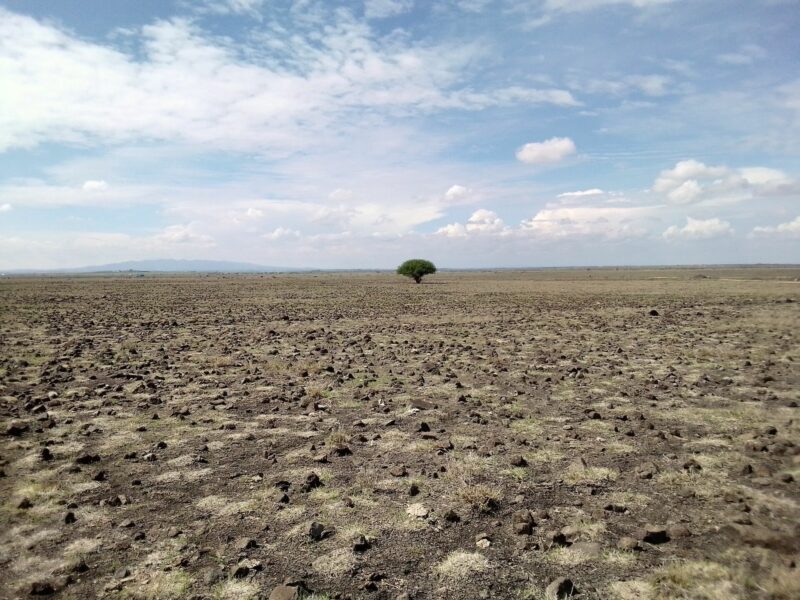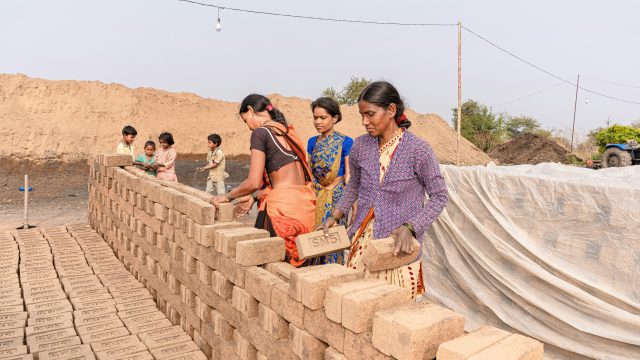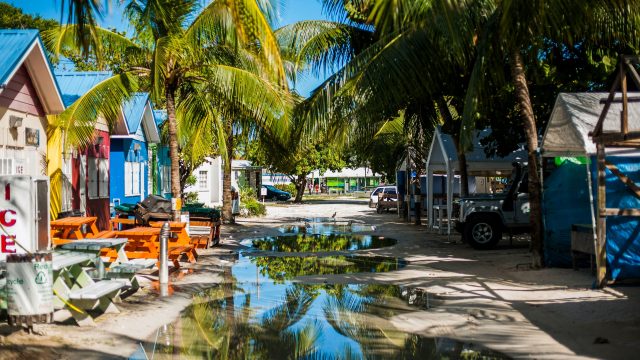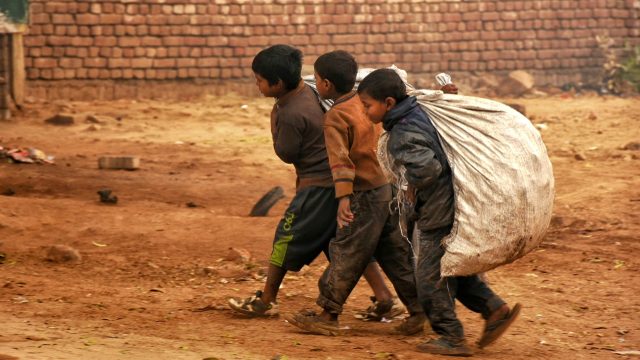Wiping the slate clean: no climate justice without debt justice for Africa
Thursday 25th May marks Africa Day. However, a debt crisis exacerbated by climate change threatens to undo decades of development progress.

Thursday 25th May marks Africa Day, with celebrations and public holidays across the continent to mark sixty years since the founding of the African Union and its call to fight colonialism and apartheid through pan-African unity. However, the current situation for many African countries is close to catastrophic, as a debt crisis exacerbated by climate change threatens to undo decades of development progress. According to the IMF, 13 African countries are currently on the brink of debt distress: Zambia, and more recently Ghana, have defaulted on their debt repayments and Malawi, Ethiopia, Chad, Egypt, Tunisia, Kenya and others are at high risk of default, with up to 20 countries at high risk or in debt distress.
Fifteen years of ultra-low interest rates following the 2008 global financial crisis fuelled a borrowing spree. Those debts are now maturing just as a global inflationary spiral pushes up borrowing costs internationally, prompting investors to reconsider lending to African governments. But with climate impacts already beginning to bite and massive investment in green infrastructure required to leapfrog African nations onto a sustainable, low-carbon footing, this lost access to investment and funding could not come at a worse time.
“ Richer nations in the global north owe a massive climate debt to poorer nations, simply from the legacy of their historical carbon emissions which have contributed so much to the rise in atmospheric carbon”
In late 2022 the United Nations Development Programme called for debt relief for 54 countries in debt distress. The largest geographical sub-group among the 54 countries was sub-Saharan Africa, accounting for 24 of the included countries. The sentiment behind debt restructuring or cancellation was to protect countries against crippling interest rates and foster opportunity for economic growth and financial stability. Sadly the situation has not improved.
Admittedly, there has been a coordinated response from the international community. During the pandemic, debt-service postponement on sovereign obligations for 38 sub-Saharan African countries was announced. After which, the Common Framework for Debt Treatments brought together the G-20, Paris Club and bilateral creditors such as China, India, Turkey and Saudi Arabia. The framework facilitates a response to debtor countries on a case by case basis, helping to relieve insolvency and liquidity issues by bringing private creditors into a collective restructure process.
However, to benefit this support a country must first have an IMF-supported program accompanied by conditions and stipulations, including financing assurances from creditors. In addition, countries like China, the largest creditor to Zambia, is slowing the progress of restructure and acting as a barrier to concluding negotiations. It is clear that more needs to be done to relieve countries from their crippling debt.

Defaulting on debts of this scale generally means forced austerity and economic hardship, with governments cutting back on social expenditure. The head of IMF’s Africa department, Abebe Selassie, pointed out that the “very, very important long-term investment in health, education and infrastructure will have to be delayed [as a result]” of repayment. And as Debt Justice spelled out, “every dollar that a government in the global south spends on repaying debt to its northern creditors, is a dollar that could have been spent on alleviating and preparing for the climate crisis”. The bottom line is that richer nations such as China and private investors in the North are demanding massive debt from poorer nations which in turn stifles growth and damages their economies and ecosystems. This damage cannot be undone.
An increasingly sensible solution is debt restructuring or cancellation. Debt restructuring allows a country that is experiencing debt distress the flexibility to manage repayments in a more sustainable way. There are many ways debt can be restructured but there is a strong argument that in order to achieve climate justice, debt should be cancelled. George Monbiot proposes the idea that the climate debt owed to countries in the global South by the Global North can be traded for the financial debt owed to lenders. The idea behind this is that richer nations in the global north owe a massive climate debt to poorer nations, simply from the legacy of their historical carbon emissions which have contributed so much to the rise in atmospheric carbon. The Global Environmental Change suggests that richer nations extract approximately $10tn in raw materials, energy, labour and land from poorer nations each year. Cancelling financial debts could liberate African nations to invest billions more into climate resilience.
“ how can we put a price on the huge debt owed to poorer nations who suffer the impacts of climate change at the hands of the global North?”
The International Institute for Environment and Development’s Paul Steele proposed the idea of debt for climate and nature programme swaps, which would tackle the ‘triple crisis of debt, climate and biodiversity loss’. In this model, debt would be swapped for productive investment in climate resilience and protect biodiversity-rich environments. This would mutually benefit countries with a pressing need for such investment and bilateral and multilateral creditors who can attribute this to efforts towards their international climate commitments. In fact, debt from such creditors is disproportionately owed by the poorest countries in Africa, and those that stand to gain the most from cancellations.
Most pressing is for funds to be available to respond to climate disasters. African countries continue to suffer from dust storms, cyclones, extreme rainfall leading to floods and severe droughts. The famine caused by drought in East Africa means millions are struggling to survive without food, while the shrinking of Lake Chad by 90% has led to conflict over the scarcity of resources and has led to a humanitarian crisis. Climate change has significantly contributed to these catastrophes.
So the question is: who owes what? And how can we put a price on the huge debt owed to poorer nations who suffer the impacts of climate change at the hands of the global North? Governments in the North continuously espouse the need for action on climate change, and can show a clear commitment by offering debt relief on bilateral credits to free up funds that can be used in pursuing green policies. Ultimately, the climate and debt crises are inextricably linked and relieving one will in turn relieve the other. Without debt justice, there can be no climate justice.
- Zaiza Khan, GEC


